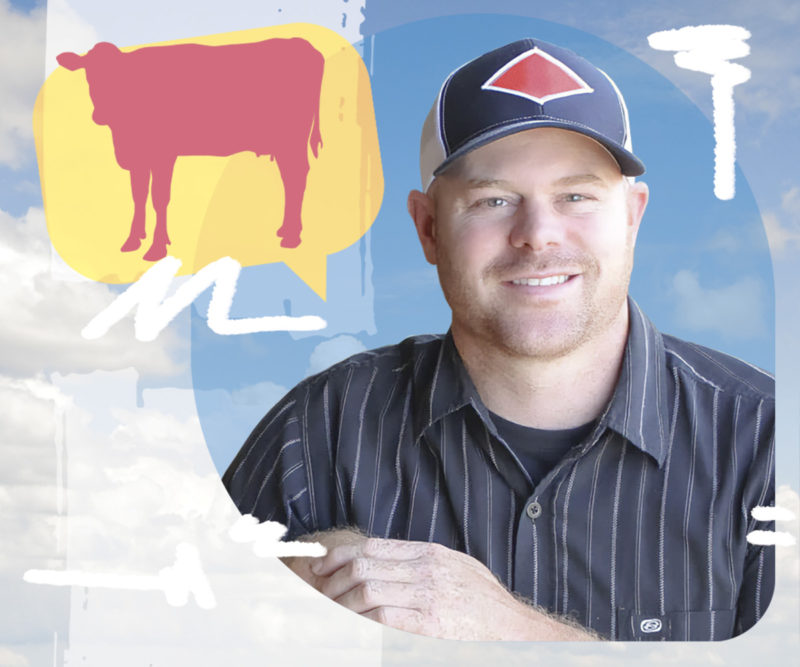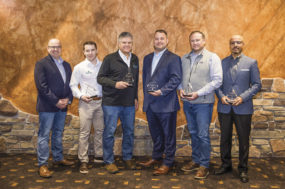We had a chamber of commerce day here in the Pacific Northwest. It was 60ºF out. I was watching a mother raccoon struggle to wrangle her five babies, and I couldn’t help but think about what an integral and important part we males are in the continuation of a species.
With spring comes the anticipation of warmer days and the prospect of planting season. We can dial back the 10,000 units of vitamin D and begrudgingly come to accept that our extra 20 pounds of “winter weight” seems to be more of a perennial, and not so much an annual, phenomenon. Over here on the Faber Farm, it's a moment to realize that all those winter projects now need to be completed in a matter of about two weeks.
Most of the equipment in our fleet has been fully depreciated at this point and is typically in need of some sort of surgery, ranging from new tires to new everything. We are usually running on hope and prayer. Hoping that it starts and praying that it keeps going.
The other day, it dawned on me that there is a life cycle in the equipment world.
There is the typical purchaser of your brand new, off-the-showroom floor tractor. The one who gets the trips to Mexico, the ball game tickets and the Christmas cards, and it’s typically our row cropper friends. You know, the one who does what a dairy farmer does but gets to take winters off and has a condo in Florida. These are the people who actually have tax problems. A bit of a foreign concept for most mammary squeezers.
Once our friends in the row crop game have exhausted the top end of the equipment, it is repainted and sold into the dairy, hog and poultry industries. Here, we will toil about with minor repairs, frustrations and headaches. These are your clutches and an occasional transmission or top-end rebuild. We feel smart about not having to take the brunt of the depreciation on a new piece of equipment while also getting an occasional deal that we can brag to others about at the coffee shop.
Once we have wrung as much value as we can out of the equipment, we pass it on to the true warriors of the agriculture industry – the cattle rancher. The cattle rancher is a unique specimen, driving around in a 30-year-old pickup. They are armed with a 3/16ths wrench, new spark plugs, baling twine and three rolls of duct tape. This hardy individual has evolved into the only member of the ag community who can take a piece of equipment, which was used by two other owners for three years each, and make it work for another seven years. They don’t even consider it a bad day when they need to replace three hydraulic lines, throw a rod and have two bearings go out in the disc. These are the real heroes.
While our row crop friends are spending most of the winter polishing, cleaning, repolishing and cleaning air vents with toothpicks, our modern cowboy is tearing a tractor engine out and replacing it with a 454 big block he found in a 1973 Chevrolet Monte Carlo at an auction three states over.
Whenever I’m going through the repairs and maintenance line item on our income statement, this is the one I am envious of and try to replicate. With interest rates on equipment going up, and parts bills exploding, I think all of us are having to learn to do more with less.
So, this spring, while we are doing our best to run leaner and make our equipment last longer, remember to stay safe, keep a spark plug in your pocket and, if you ever see a dad raccoon running around, tell him he’s doing a great job.





